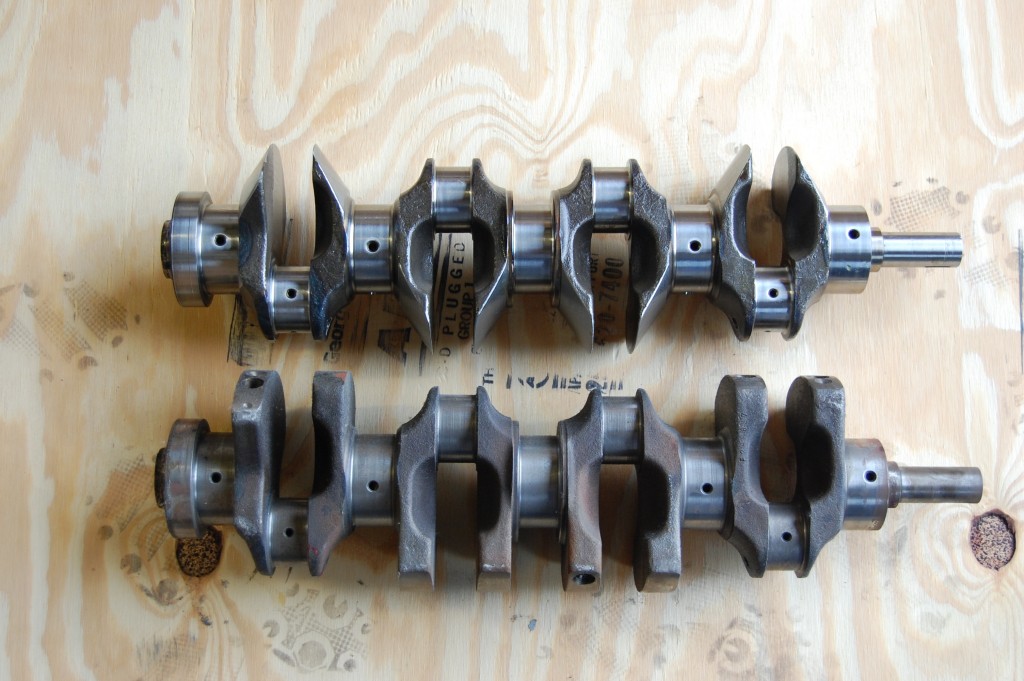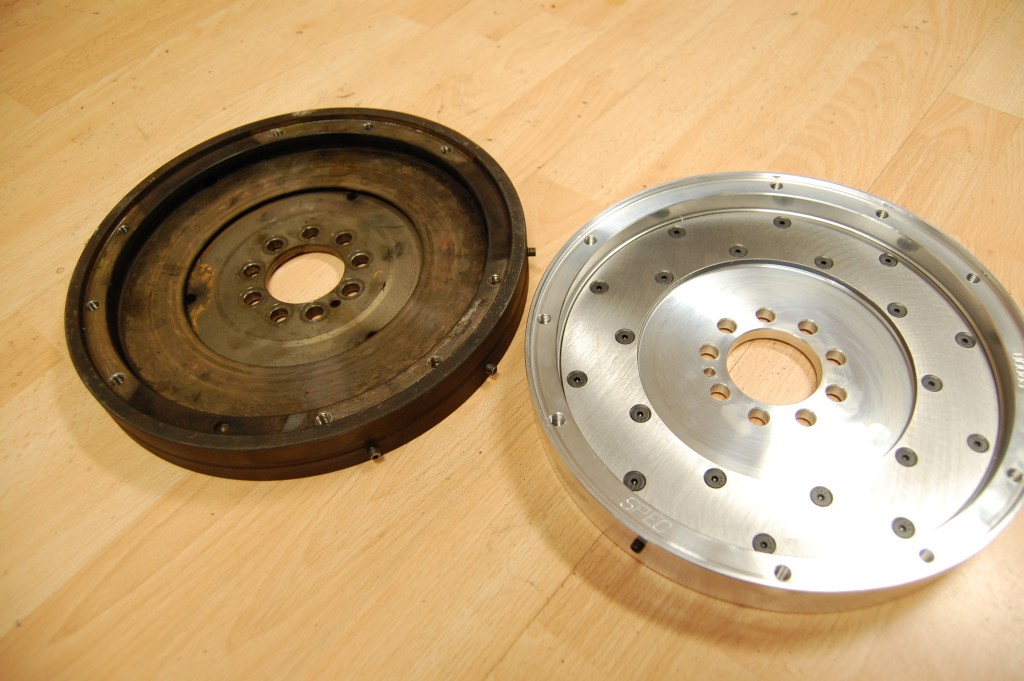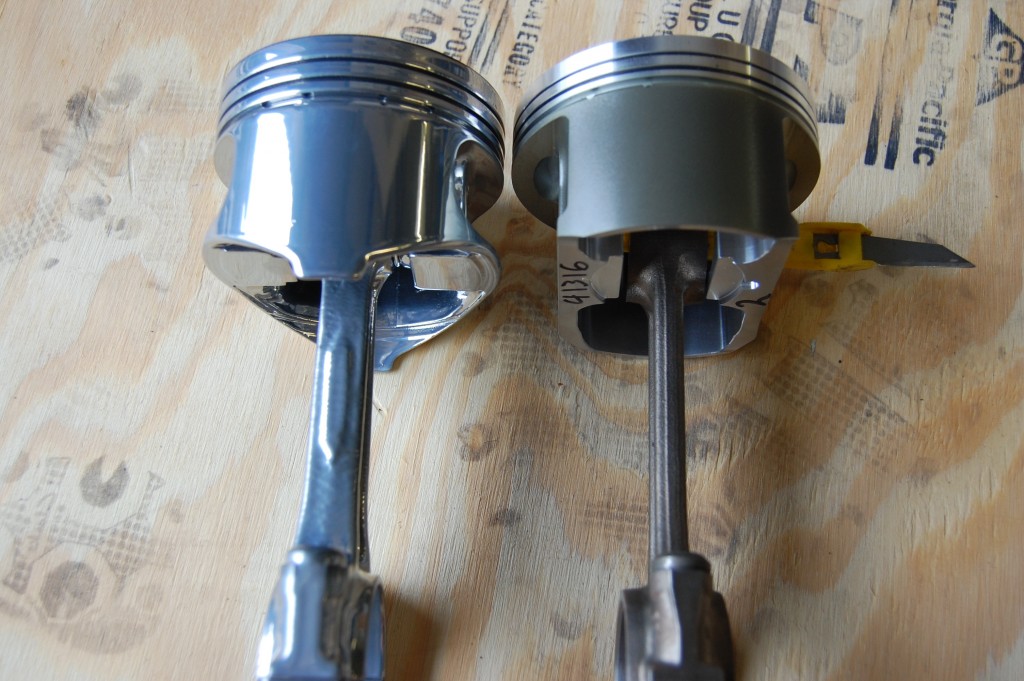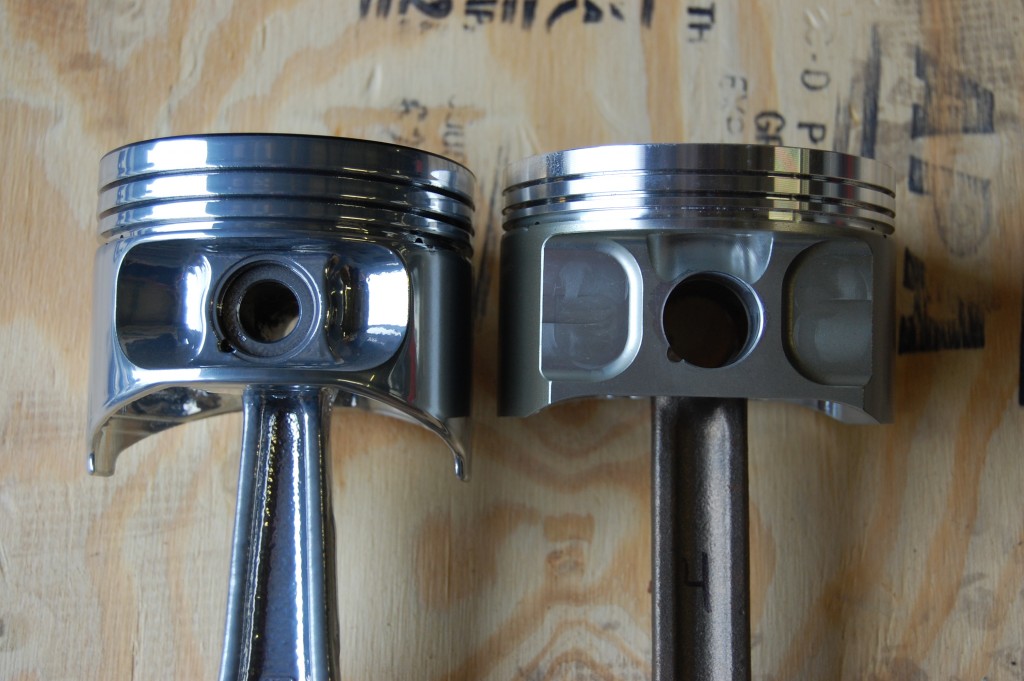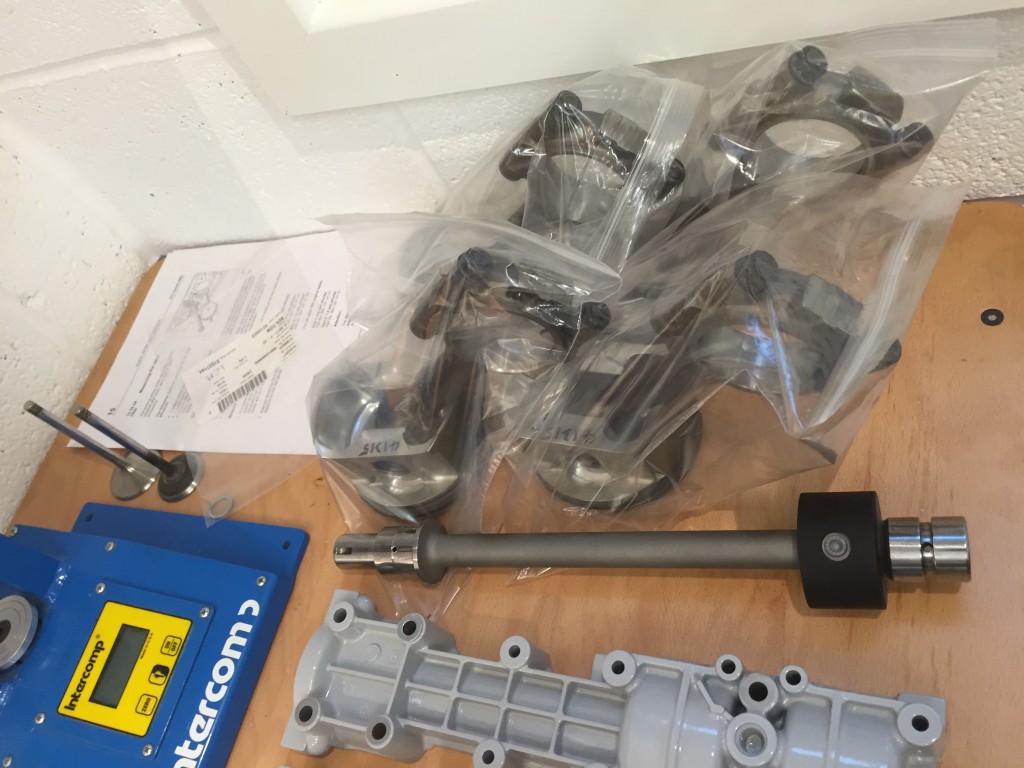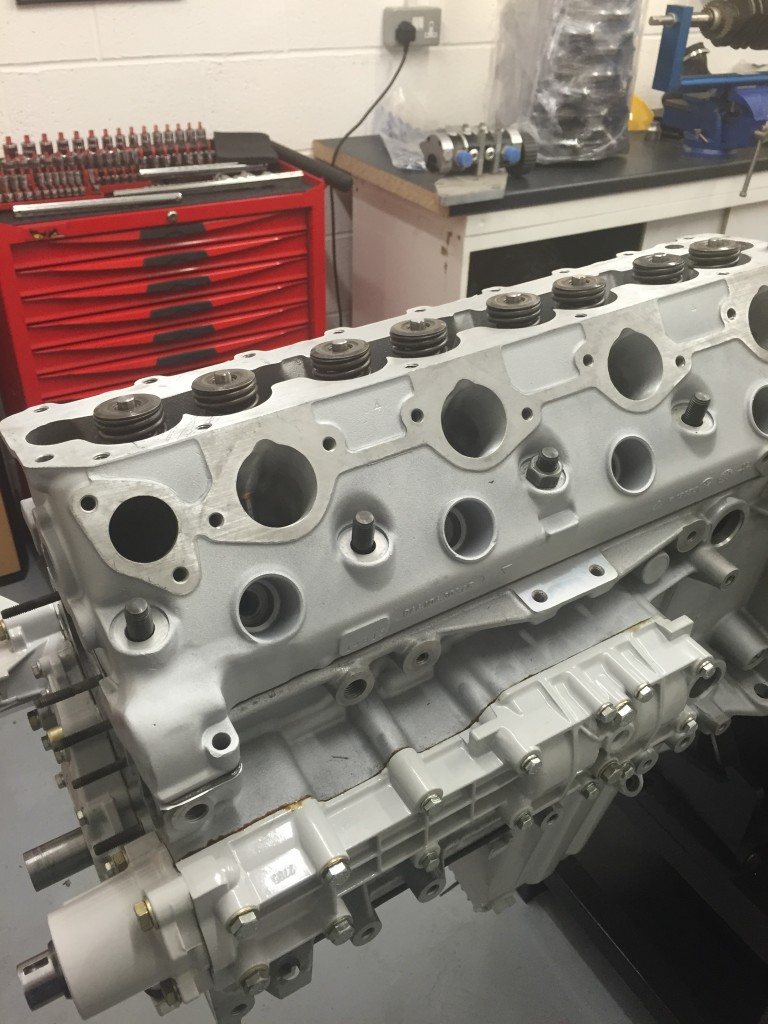PSH
PCGB Member
Hi Dan...
I didn't look much into aftermarket rods, knowing that I already had good cast rods in the early 86 car, being are well known for their extra strength. Others may be able to help more with this although I do believe that most if not all come from the USA. Going back to the clutch be sure to get the right one, I can't remember the details but I do recall that I found two versions, it may just have been the earlier 6 small inner springs versus the 4 large springs but that's all that i can remember now, I think the 6 spring one also has 4 larger springs around it so it's confusing... you should be able to tell by the price, one being a lot dearer than the other, or course you want the dear one... I do recall that the same clutch was also listed for the 930 (early 911 Turbo) and I believe the 968 RS turbo too, it may be a little bigger in radius although still fits the 944 flywheel. I only wish that my memory was better...lol
I do recall that the same clutch was also listed for the 930 (early 911 Turbo) and I believe the 968 RS turbo too, it may be a little bigger in radius although still fits the 944 flywheel. I only wish that my memory was better...lol
Pete
I didn't look much into aftermarket rods, knowing that I already had good cast rods in the early 86 car, being are well known for their extra strength. Others may be able to help more with this although I do believe that most if not all come from the USA. Going back to the clutch be sure to get the right one, I can't remember the details but I do recall that I found two versions, it may just have been the earlier 6 small inner springs versus the 4 large springs but that's all that i can remember now, I think the 6 spring one also has 4 larger springs around it so it's confusing... you should be able to tell by the price, one being a lot dearer than the other, or course you want the dear one...
Pete


